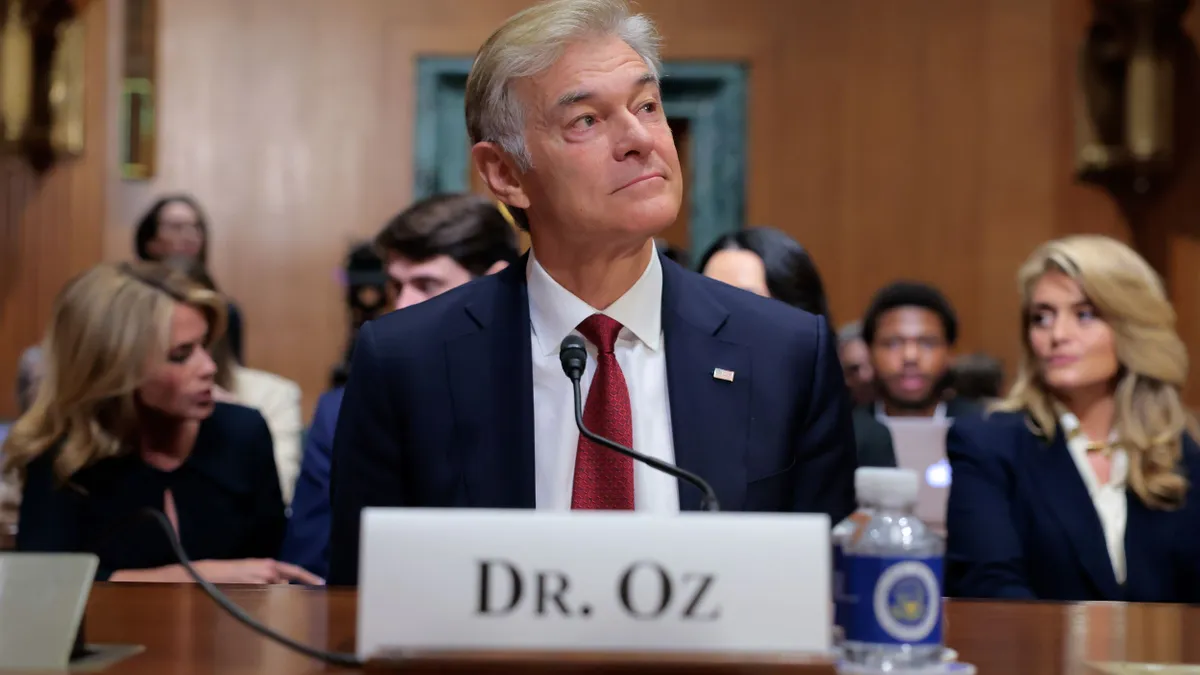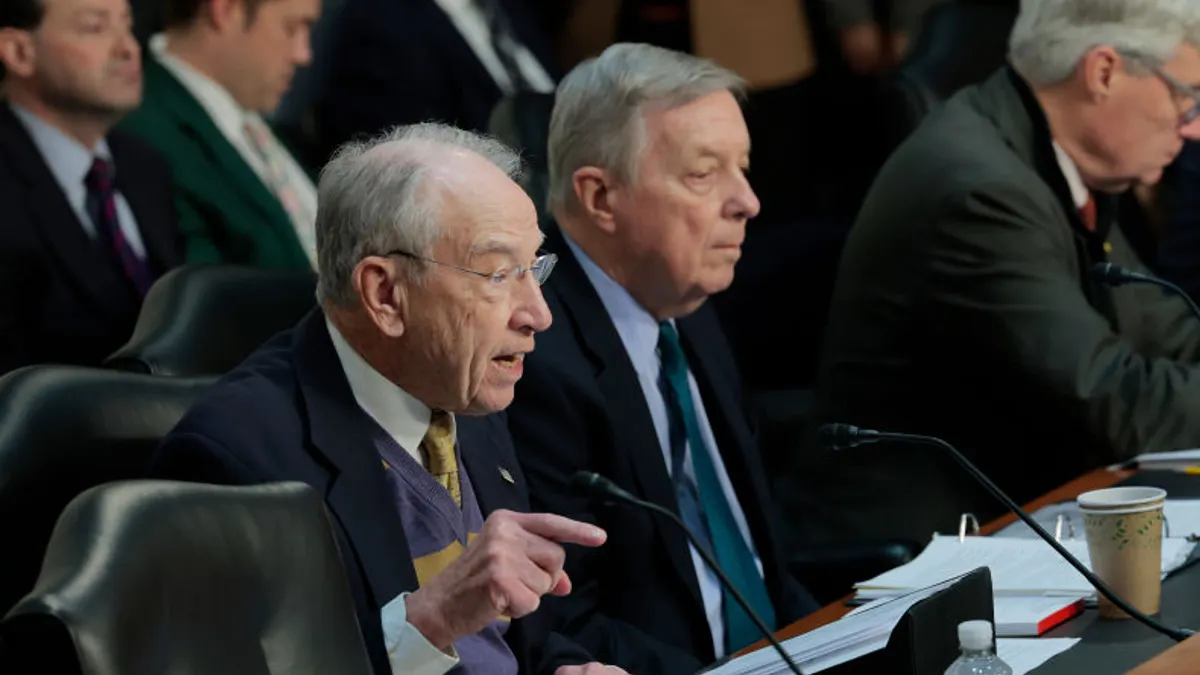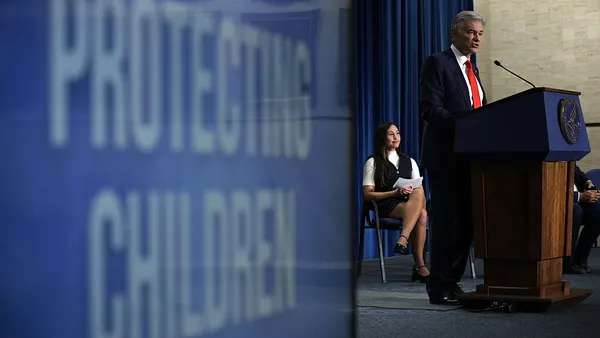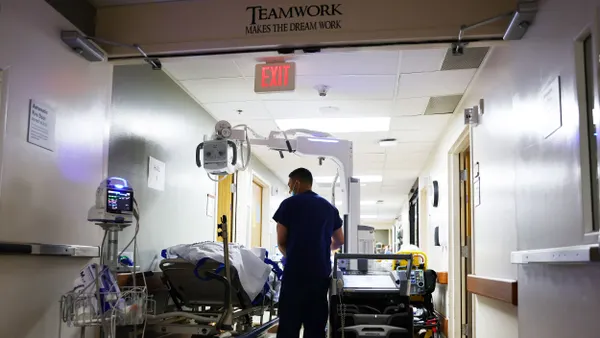Dive Brief:
- Providence narrowed its operating loss in the second quarter, a sign to executives the health’s system’s multiple expense management initiatives are paying off.
- The nonprofit recorded a $21 million operating loss for the second quarter of the year. It’s a $223 million improvement over the first quarter and a $102 million improvement over the same period last year.
- Providence said in a release that disciplined spending and higher patient volumes have brought the system closer “breakeven.” Still, Providence ended the first half of fiscal 2025 at a $265 million operating loss.
Dive Insight:
The 51-hospital nonprofit health system hasn’t ended the year with a profit in four years.
Providence hoped to change that in 2025, but it’s faced what it calls a “polycrisis.” Those pressures include new state laws on charity care and staffing, tariffs, inflation, and delayed or denied payments from commercial payers, according to a news release.
One indicator of the problem is Providence’s net days in accounts receivable — which reflects how long it takes the health system to receive payment for services rendered. That figure remained elevated in the second quarter, the system said.
“Accounts receivable has been negatively impacted by reimbursement delays from insurers, technology transitions, and other macroeconomic factors,” the health system said. “Several initiatives are underway to reduce payment friction with the broader payor community.”
Investment gains were also down over the first six months, totaling $242 million compared with $279 million last year, although the portfolio improved in the second quarter. Multiple nonprofit health systems have reported similarly depressed investment portfolios due to market volatility.
Providence has ushered in several staffing changes this year in hopes of cutting some operating costs. The nonprofit health system restructured its executive team in January, froze nonclinical hiring in April and laid off approximately 600 workers in June.
The health system also cut 255 jobs in Oregon and Washington on Aug. 7, according to a Providence spokesperson. However, those reductions will not show up in Providence’s financial results until the third quarter.
Providence said its focus on staffing led to improved labor productivity in the second quarter, including a 43% decrease in agency contract labor.
Still, although Providence slowed the pace of expense growth during the quarter, operating expenses remained higher than operating revenues, totaling $7.93 billion and $7.91 billion, respectively.
Rising supply costs continue to pressure Providence, particularly in pharmacy, which rose 12% year over year. Hospital industry groups have warned pharmaceutical spending could rise further depending on how tariffs are ultimately enacted.
Still, there were bright spots in Providence’s earnings report, including rising patient volumes. Inpatient admissions and total outpatient visits rose 3% compared to the prior year, while physician visits were up 8%.
Executives said the health system is on the right track toward achieving its goals. President and CEO Erik Wexler saying he was “incredibly proud” of the system’s progress.
Still, Providence remains vigilant against upcoming challenges, including fallout from President Donald Trump’s One Big Beautiful Bill Act, also known as H.R.1.
The legislation will bring historic cuts to Medicaid, and could hit providers’ bottom lines if patients become uninsured. Through June 30, Providence drew in roughly 17% of its patient revenue from Medicaid.
It will also change how providers are reimbursed for its Medicaid patients, potentially increasing shortfall. Providence says its already paying more to care for Medicaid patients than the government covers in reimbursements, with its unpaid costs of Medicaid totaling $648 million for the six months ended June 30, compared with $533 million last year.
“The strain remains, especially with emerging challenges like H.R.1, but we will continue to respond to the times and answer the call while transforming for the future,” Wexler said.












